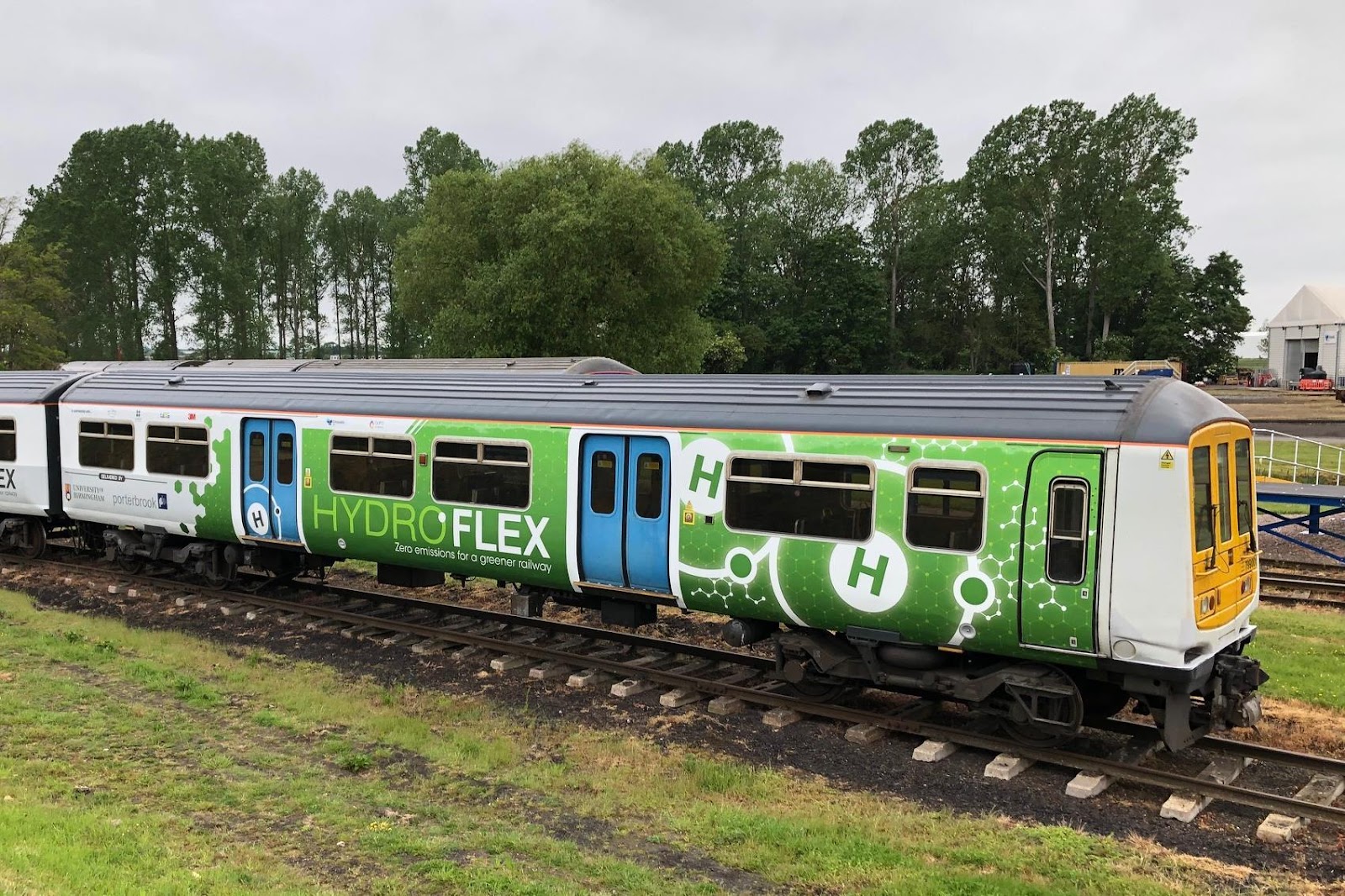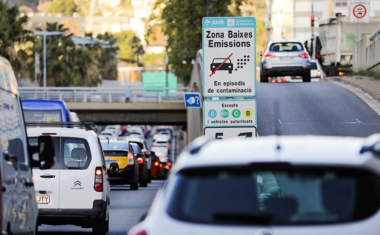HydroFLEX
- 994
- 3 min to read

About the city. Transport currently accounts for about a quarter of the UK’s greenhouse gas emissions, and the UK government has committed to reducing its carbon emissions by at least 80% from 1990 levels by 2050.
Goal
The aim of the project is to help reduce carbon emissions.
Implementation period. The project unveiled in June 2019.
Fact
In 2008, the European Commission had identified hydrogen as one of the new technologies that could help achieve a 60% to 80% reduction of greenhouse gases by 2050.
Solutions
HydroFLEX, the first hydrogen train in the UK, has been developed by installing a hydrogen pack on an existing Class 319 train set.
The University of Birmingham’s Centre for Railway Research and Education (BCRRE) and Porterbrook, a rolling stock solution provider, are responsible for the HydroFLEX project.
Hydroflex does not emit greenhouse gases, instead using hydrogen and oxygen to generate electricity, water, and heat.
Testing of the HydroFLEX train has begun at Long Marston, Warwickshire, and it will run on the North Cotswold line from Oxford to Hereford.
During the launch of the new train, the DfT also announced Plans to turn the Tees Valley, a region in the North-East of England, into a hydrogen transport hub. The plan aims to invest in hydrogen as an alternative fuel while creating hundreds of jobs in the area.
Team
University of Birmingham, Porterbrook, Department for Transport (DfT)
Timeline
- The beginning of trials for HydroFLEX was in September 2020.
- The technology is expected to become available by 2023 when trains currently in use will be retrofitted with it.
If you notice an error or inaccuracy in our editorials, please email [email protected] so we can look into it.






